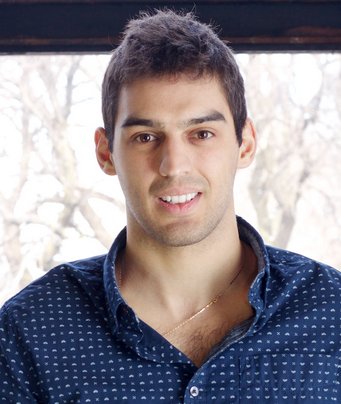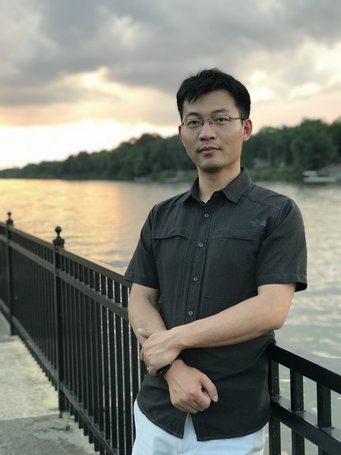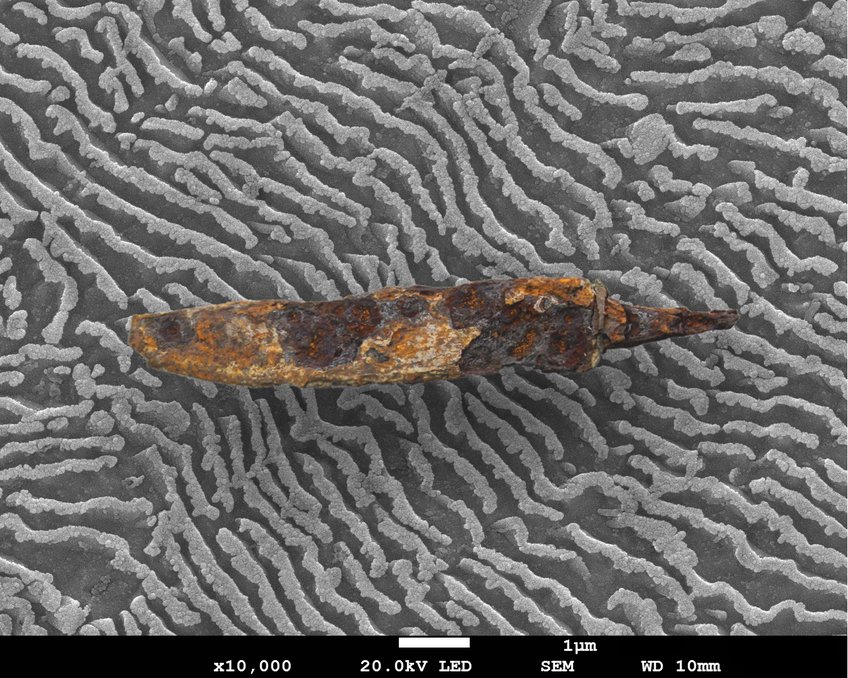New Humboldt fellows at the MPIE
From superalloys for aerospace, alloy design and archaeometallurgy
The Max-Planck-Institut für Eisenforschung (MPIE) is a host for scientists from over 35 countries all doing research in different fields of materials science. Recently, new Alexander von Humboldt fellows joined us in the department for Microstructure Physics and Alloy Design: Dr. Stoichko Antonov, coming from the Illinois Institute for Technology (USA), Dr. Xuyang (Rhett) Zhou, from the University of Alabama (USA), and Dr. Ümit Güder from the Canakkale Onsekiz Mart University (Turkey).
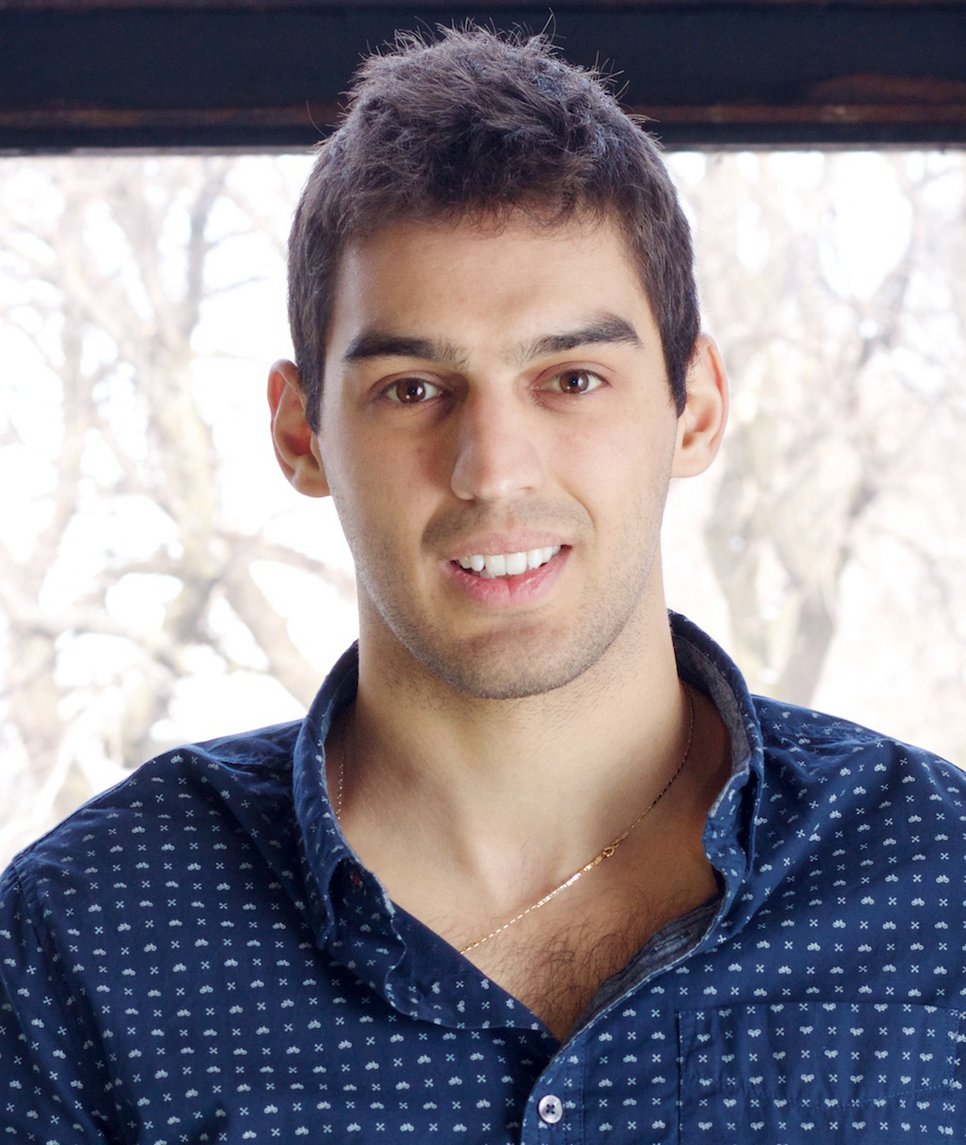
“My research interest is understanding the physical metallurgy in terms of phase transformation and deformation mechanisms of aerospace materials through the use of advanced characterization methods. I am using atom probe tomography and scanning/transmission electron microscopy to conduct systematic investigations into exploring the nano-scale transient phases and their effect on the deformation twinning of titanium alloys. My research objective is to develop a physical understanding of the inter-relationships between chemistry-microstructure-property relationships. The overarching aim is to use this knowledge to design novel lightweight titanium alloys for aerospace applications.”, explains Stoichko. He did his PhD about the design of modern high Nb-content Ni-based superalloys and chose the MPIE as his host institute for pursuing his postdoctoral studies. “MPIE’s expertise in advanced APT and APT/TEM correlative studies is truly world class. My personal belief, and experience thus far, is that this is due the nurturing environment that allows young, motivated and talented researchers to freely work and develop into their field of interest, under the guidance of renowned experts. This research opportunity will allow me to interact with other talented and like-minded researchers and thus conduct high quality research on materials frontiers, as well as foster personal relationships.”
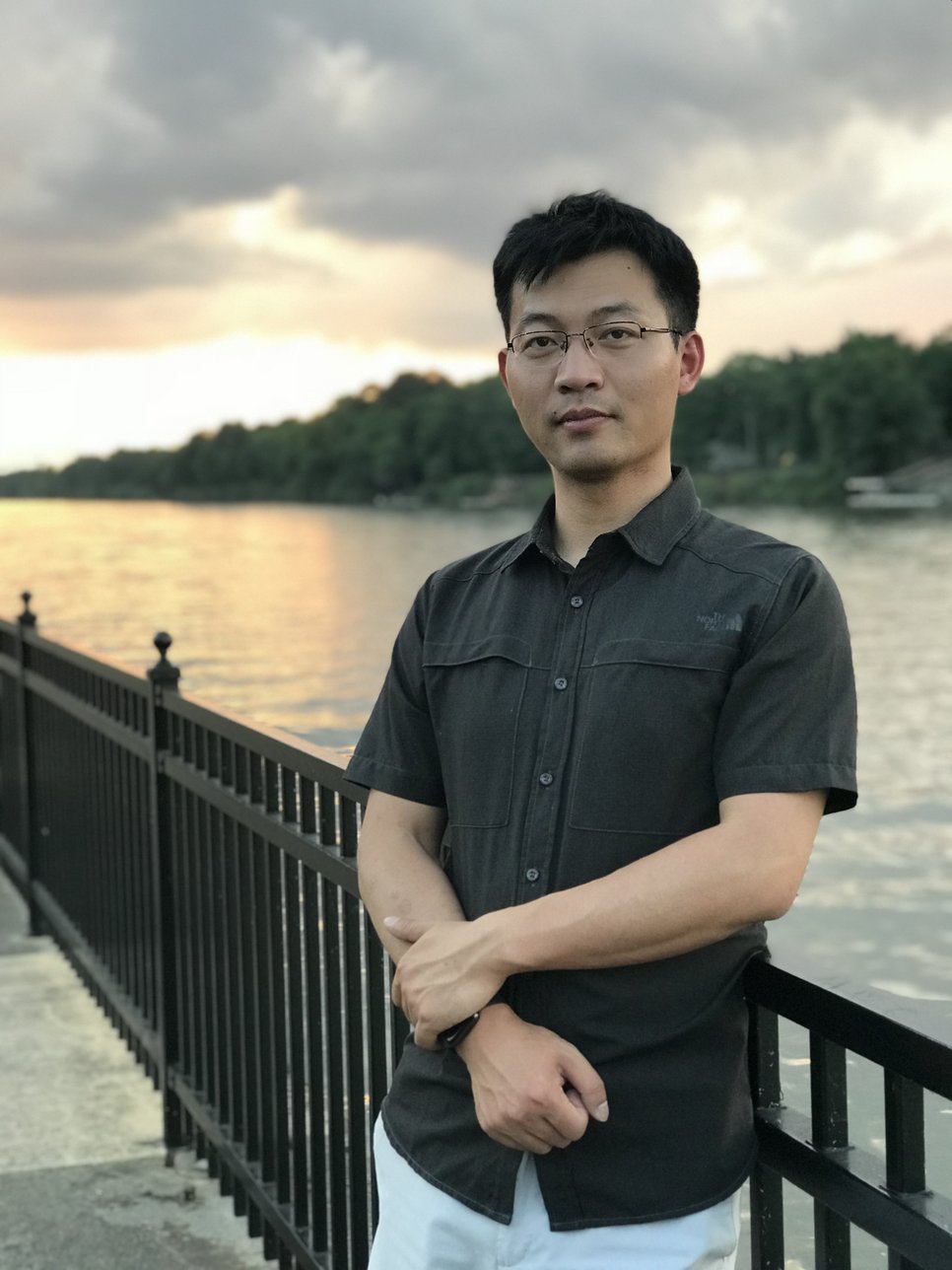
“I totally agree with Stoichko. The Alexander von Humboldt fellowship allows choosing any host institution in Germany. I joined the MPIE as it has an abundant history in experimental and simulation research on the fundamental understanding of structural metallic alloys. Here, I am exposed to the newest materials and microscopy knowledge while working and communicating with many high level material scientists. Moreover, the institute has state-of-art facilities that will help me realize my research plan.”, states Dr. Xuyang (Rhett) Zhou. His research is about grain boundary cohesion. The presence of impurities at grain boundaries (GBs) can either lead to embrittlement or to the strengthening of materials. Boron is known as a cohesion enhancer at iron GBs, however, the underlying mechanisms are not fully understood. Two competitive mechanisms that attribute to GB cohesion are either forming covalent bonding via hybridization or an atomic size effect of impurity atoms that changes the spacing of matrix atoms at GBs. To resolve this debate, the GB needs to be quantified at the atomic scale for both structure and composition. Xuyang uses advanced transmission electron microscopy and atom probe tomography to characterize GBs and understand the underlying mechanisms.
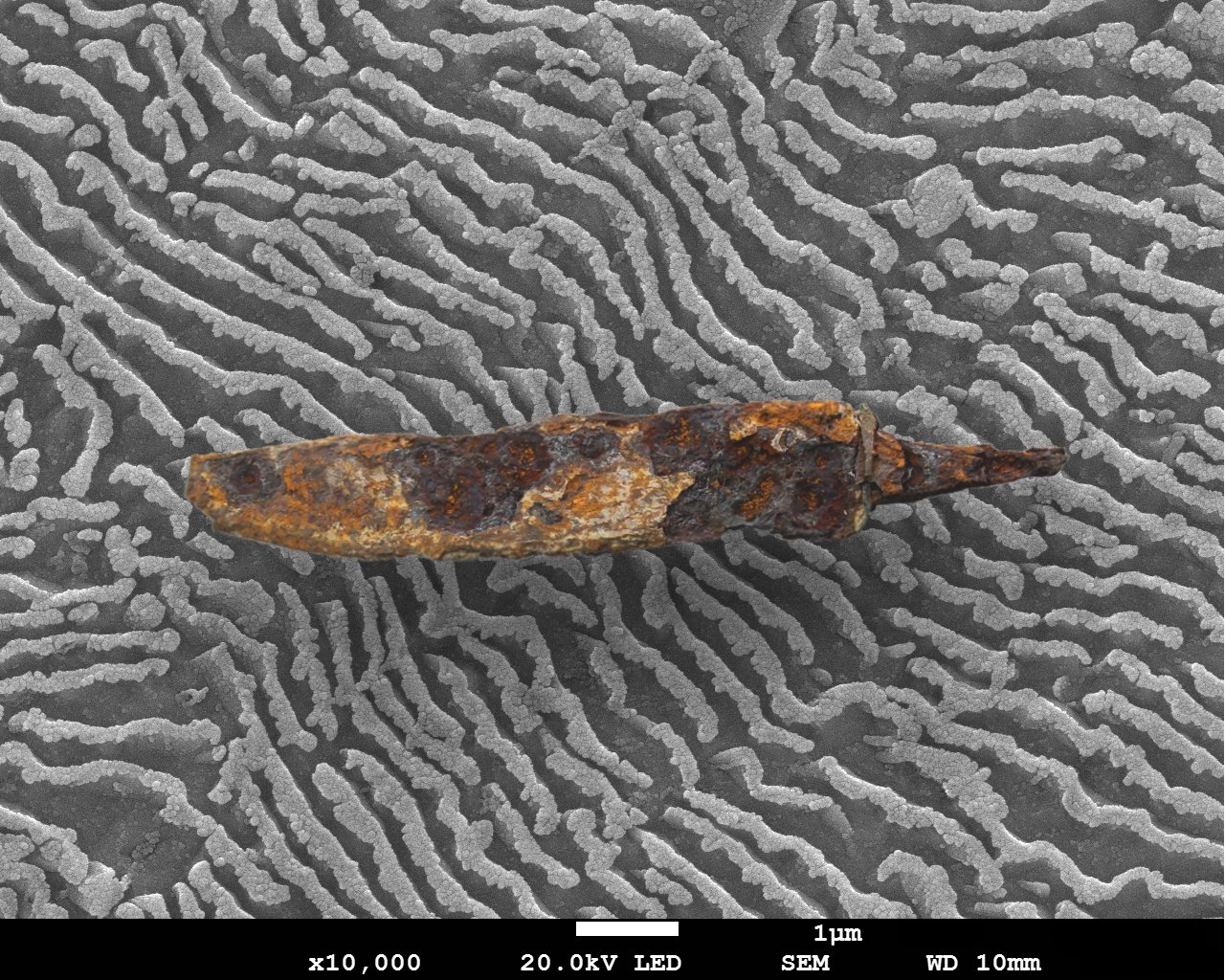
A totally different topic is conducted by Dr. Ümit Güder who is an archaeometallurgist. By using physical science methods, he is providing answers to specific questions of archaeologists about metal and metal production related finds. Since many kinds of metallic finds are unearthed at archaeological fields, the questions of archaeologists vary a lot. “I can give you an example: imagine a bunch of metal objects looking like arrowheads were found in an excavation. Questions here would be what type of material they were produced from, what techniques were used for the production, whether they were produced or formed in that field or not, where is the possible ore source, what might be the possible function of them, and whether they were used or not. Providing answers to these questions helps in understanding the way of life and living conditions of the respective era. Additionally, I work together with traditional blacksmiths for educational purposes and to make smithing and smelting experiments to compare with historical examples.”, explains Ümit. “I chose to realize my project at the MPIE as advanced material characterization of archaeological steel is crucial for designing experiments to reproduce ancient crucible steel. I believe MPIE facilities are perfect to conduct archaeometallurgical studies. Moreover, the MPIE researchers are keen to contribute to the reverse engineering of ancient steel production.”
The Alexander von Humboldt Foundation supports excellent researchers from outside Germany with scholarships to continue their work in a German research institution of their choice. The scholarship counts as an award for the scientist as well as for the host institution.
